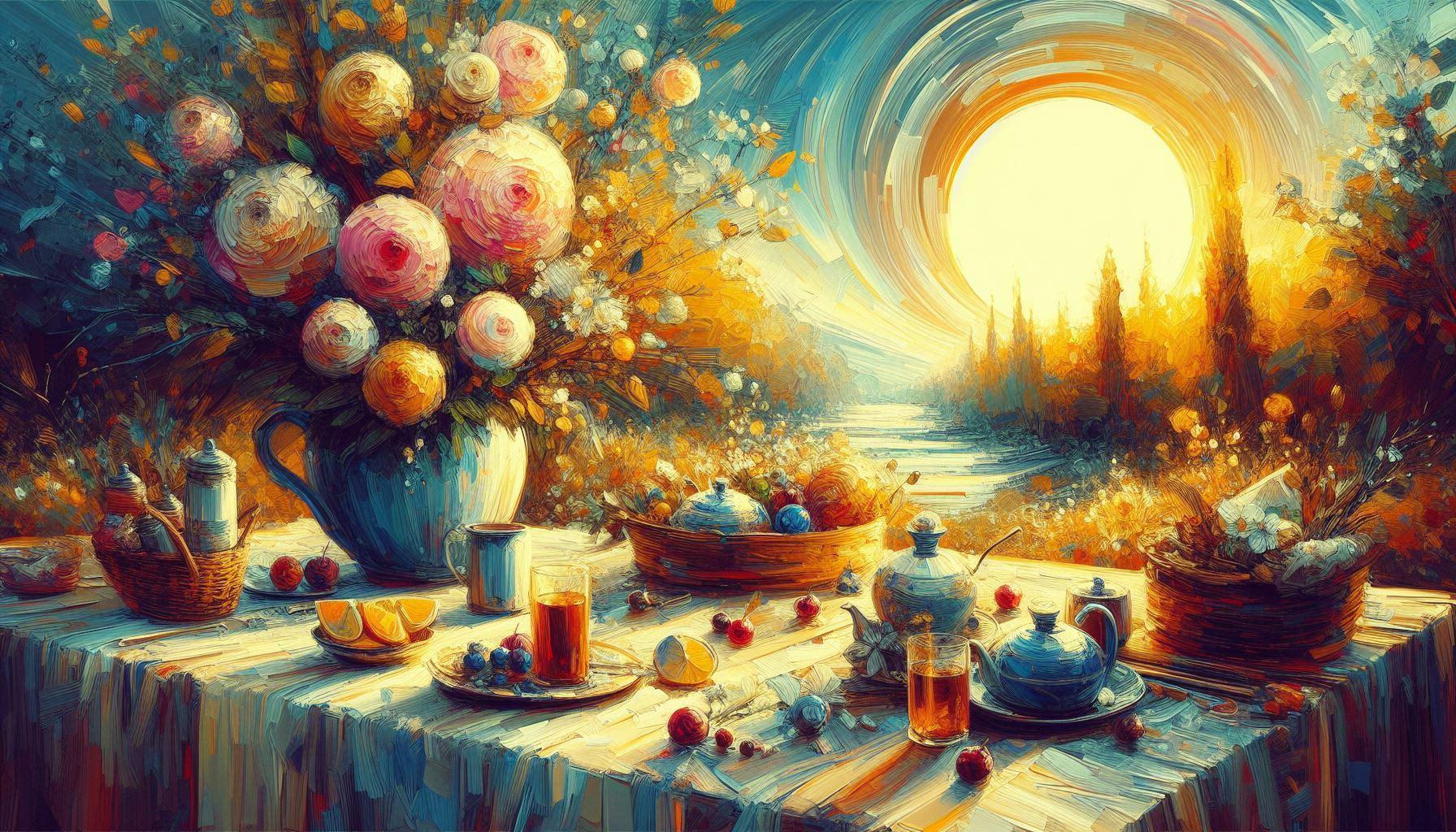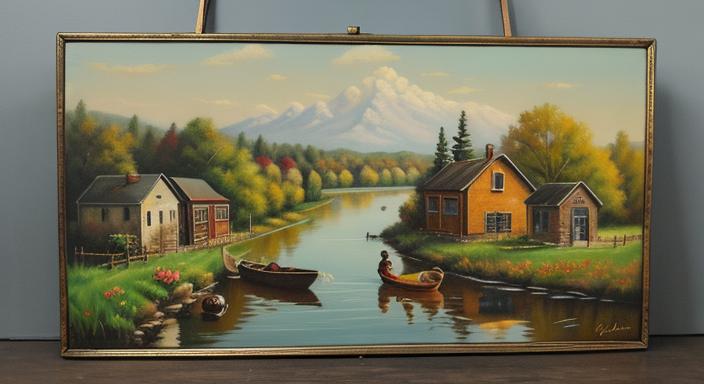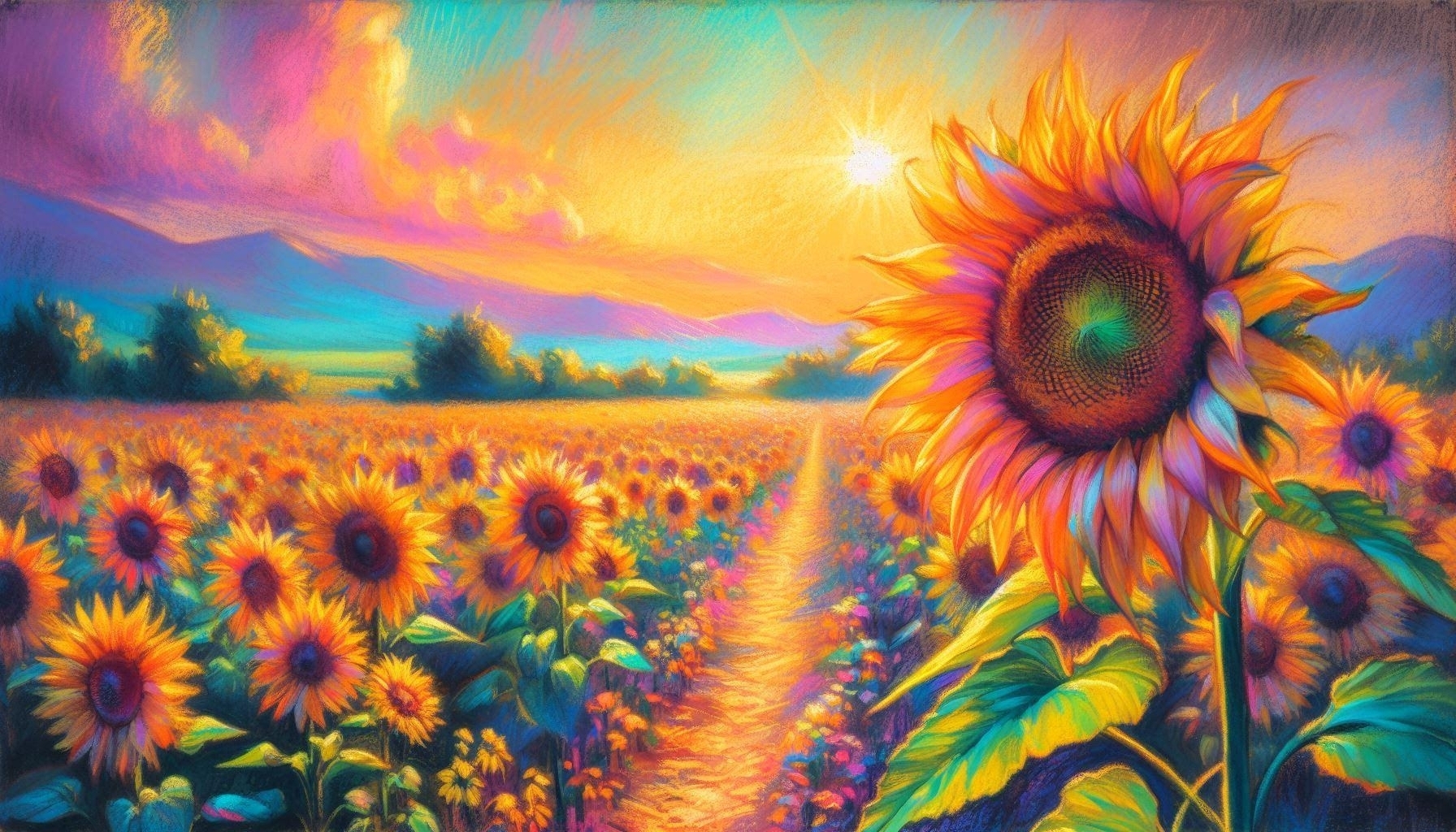Watercolor painting is an incredible art form that allows you to create beautiful, vibrant pieces with just a few simple materials. One of the best ways to improve your skills and build confidence as a beginner is by copying existing watercolor paintings. It’s a fantastic way to learn techniques, color mixing, and composition from the masters.

But where do you start? With so many stunning watercolor paintings out there, it can be overwhelming to choose the right ones to copy. That’s where this guide comes in!
Common Questions and Concerns
Before we dive into the juicy details, let’s address some common questions and concerns that beginners often have:
Q: Won’t copying someone else’s work be considered plagiarism?
A: Absolutely not! Copying paintings for practice is a time-honored tradition among artists of all levels. It’s a learning exercise, not a means of claiming someone else’s work as your own.
Q: I’m not very artistic. Can I really learn to paint like the masters?
A: You bet! Watercolor painting is all about practice and patience. By copying existing works, you’ll develop an eye for detail and learn valuable techniques that will help you improve with every stroke.
Q: What if I get frustrated or discouraged?
A: That’s perfectly normal! Learning any new skill can be challenging, but remember: progress takes time. Celebrate your small victories, and don’t be afraid to ask for help or take a break when needed.
Copying is Centuries Old
Below is a table of the top 10 most copied paintings by famous artists:
| Rank | Artist | Painting Title |
|---|---|---|
| 1 | Leonardo da Vinci | Mona Lisa |
| 2 | Leonardo da Vinci | Salvator Mundi |
| 3 | Vincent Van Gogh | A Wheatfield with Cypresses |
| 4 | Édouard Manet | A Bar at the Folies-Bergère |
| 5 | Paul Cézanne | Road to the Montagne Sainte-Victoire |
| 6 | Edgar Degas | Dancers in Pink |
| 7 | Johannes Vermeer | The Concert |
| 8 | Pablo Picasso | Femme Assise |
| 9 | Berthe Morisot | A Summer’s Day |
| 10 | Francisco Goya | Portrait of the Duke of Wellington |
“Good artists copy, great artists steal.”
– Quote attributed to Pablo Picasso
Finding the Perfect Paintings to Copy
Now that we’ve addressed some common concerns, let’s talk about how to find the perfect watercolor paintings to copy as a beginner.
1. Start with Simple Subjects
As a beginner, it’s best to start with relatively simple subjects like flowers, landscapes, or still life scenes. These subjects typically have fewer intricate details, making them easier to tackle.
For example, consider copying a painting like “Sunflowers” by Claude Monet. The bold, vibrant colors and loose brushwork make it an excellent choice for beginners.

“I must have flowers, always, and always.” – Claude Monet
2. Look for Loose, Expressive Styles
Watercolor paintings with loose, expressive styles are often easier for beginners to replicate than those with extremely tight, detailed brushwork.

A painting like “Poppy Field in Argenteuil” by Claude Monet, with its bold colors and flowing shapes, could be an excellent choice for a beginner.
“I’ll paint it big and they will be surprised into taking the time to look at it.” – Georgia O’Keeffe

3. Don’t Shy Away from Abstracts
Contrary to popular belief, abstract watercolor paintings can be excellent subjects for beginners! These pieces often rely more on color, texture, and expressive brushwork than precise details.
Consider copying a painting like “Above the Gravel Pit, 1937 by Emily Carr. Its simple yet striking use of color and texture makes it an excellent choice for beginners.

“A great artist is always before his time.” – Emily Carr
PRO Tip: Don’t be afraid to modify the original painting to suit your skill level or personal style. The goal is to learn, not to create a replica!
Getting Started: Materials and Setup
Before you begin copying your chosen watercolor painting, you’ll need to gather a few essential materials:
- Watercolor paints (either pans or tubes)
- Watercolor paper (hot press or cold press)
- A variety of watercolor brushes (round, flat, and detail brushes)
- A jar or cup for water
- Paper towels or a rag
- A pencil or watercolor pencil for sketching
- A reference image or print of the painting you’re copying
Set up your workspace in a well-lit area, and make sure you have everything you need within reach. Consider playing some relaxing music or opening a window to let in fresh air – a comfortable environment can help you stay focused and inspired.
PRO Tip: Invest in high-quality materials, especially when it comes to watercolor paper. The right paper can make a world of difference in how your paints behave and blend.
Step-by-Step Guide to Copying a Watercolor Painting
Now that you’ve chosen your subject and gathered your materials, it’s time to get painting! Here’s a step-by-step guide to help you through the process:

1. Study the Reference
Take some time to really study the reference image or print you’re working from. Observe the colors, shapes, textures, and overall composition. Note any areas that might be challenging or require special attention.
2. Sketch the Outline
Using a pencil or watercolor pencil, lightly sketch the basic outline and shapes of the painting onto your watercolor paper. This will serve as a guide for your brushwork.
3. Mix Your Paints
Carefully mix the colors you’ll need for your painting. Start with the larger areas first, and then move on to the smaller details. Don’t be afraid to experiment and mix colors until you achieve the desired hue.
4. Begin Painting
Start by laying down the larger areas of color, following the reference as closely as possible. Work in thin, transparent layers, allowing each layer to dry before adding the next.
As you progress, pay close attention to the details and textures in the original painting. Use different brushes and techniques to recreate these elements as accurately as possible.
5. Step Back and Evaluate
Periodically step back from your work to evaluate your progress. Make any necessary adjustments or corrections, and don’t be afraid to start over if something isn’t working.
Remember, the goal is to learn and improve, not to create a perfect replica on your first try.
PRO Tip: Take breaks as needed! Watercolor painting can be incredibly relaxing, but it’s also easy to get caught up in the details. Step away for a few minutes to clear your mind and come back with fresh eyes.
Sharing Your Work and Seeking Feedback
Once you’ve completed your watercolor copy, don’t be shy about sharing it with others! Sharing your work is an excellent way to receive feedback, celebrate your progress, and connect with fellow artists.
Consider posting your painting on social media platforms like Instagram or Twitter, using relevant hashtags like #watercolorpainting, #artcopy, or #beginnerwatercolor. You never know – your work might just inspire someone else to pick up a brush and give watercolor painting a try!
You can also seek feedback from local art groups, online forums, or even your friends and family. Be open to constructive criticism and use it as a learning opportunity.
Final Thoughts
Copying watercolor paintings is a fantastic way for beginners to develop their skills, gain confidence, and appreciate the incredible artistry that goes into these beautiful works.
Remember, the journey is just as important as the destination. Embrace the process, celebrate your progress, and most importantly, have fun! With patience and practice, you’ll be creating stunning watercolor masterpieces of your own in no time.
So, grab your brushes, mix up those colors, and let your creativity flow! The world of watercolor painting awaits.
Happy painting!


